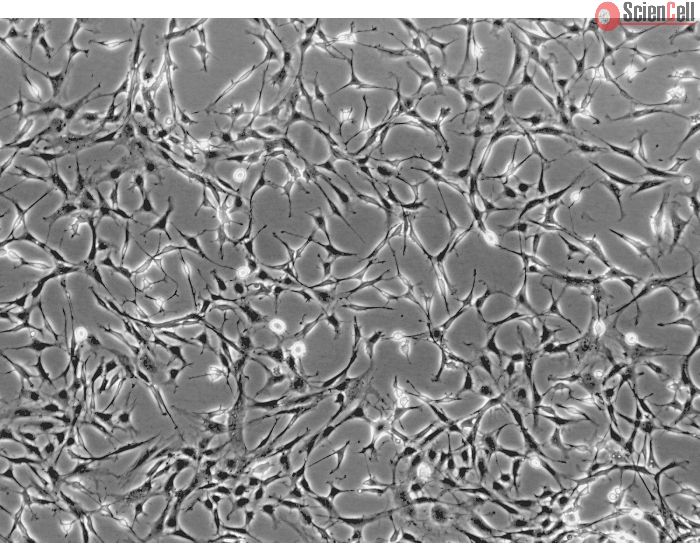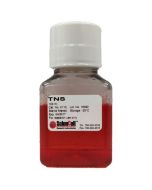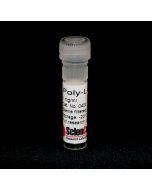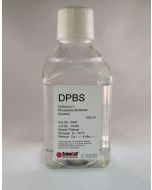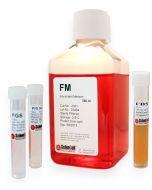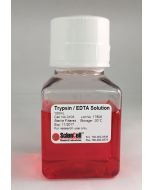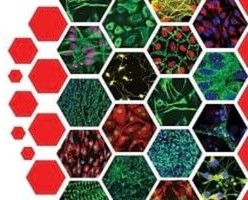Rat Salivary Gland Fibroblasts
Catalog No.
R2670
Isolated from postnatal day 2 rat salivary gland. RSGF are cryopreserved at passage one and delivered frozen. Each vial contains >5 x 105 cells in 1 ml volume.
$452.00
In Stock
